Peru Declares New Conservation Area Protecting Almost 200 Species Found Nowhere Else on the Planet
06/22/2018
New Conservation Area protects biodiversity hotspot in Peru
Hairy long-nosed armadillo. Marañón pigeon. Peruvian night monkey. What do these three unique species have in common?
You can only find them in the Marañón Dry Forests ecoregion and northern Peru.
This week, with Nature and Culture’s support, Peru created Bosques Tropicales Estacionalmente Secos del Marañón Regional Conservation Area (Seasonally Dry Tropical Forests of the Marañon in English), protecting almost 200 endemic species found nowhere else in the world.
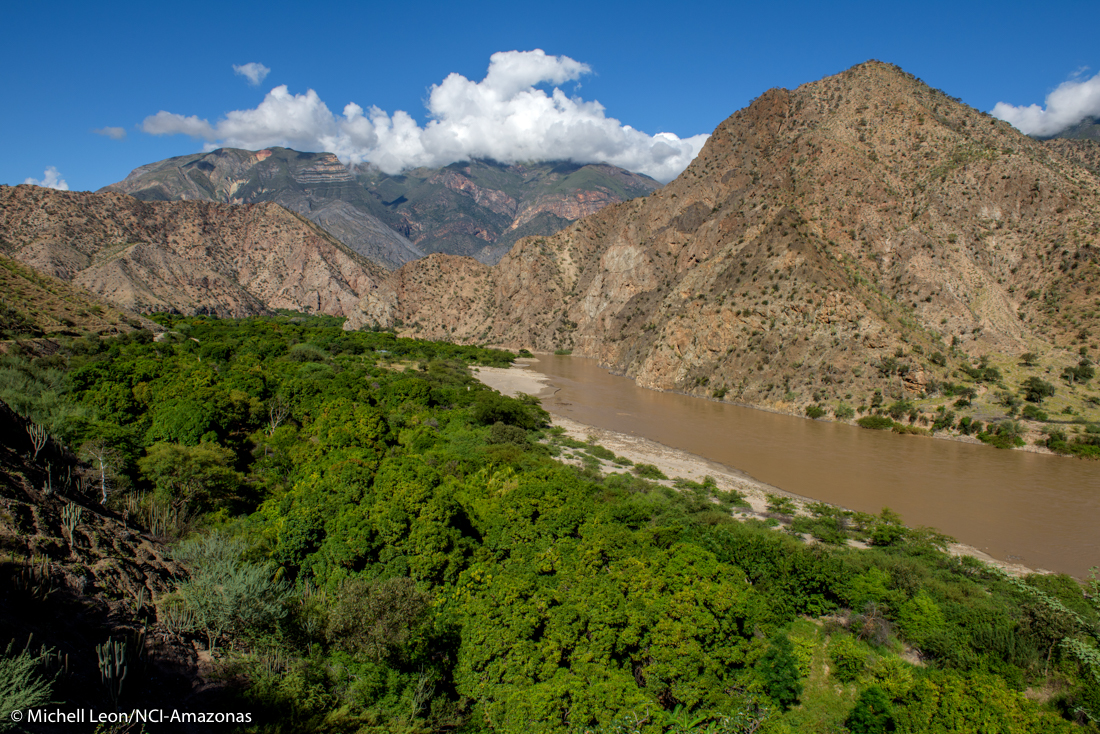 The Seasonally Dry Tropical Forests of the Marañon protects a unique area where the Eastern Andes meet the Amazon lowlands.
The Seasonally Dry Tropical Forests of the Marañon protects a unique area where the Eastern Andes meet the Amazon lowlands.
Endemic species, or species found in only one location on the planet, are essential to an ecosystem. These rare species have not only developed unique characteristics to survive, but they support a critical web of interactions in their surrounding environment. Unfortunately, endemic species are vulnerable to extinction due to their limited geographic range and usually small population size. Because they often only exist in a single region or even a single site, a sudden catastrophic event (e.g. a forest fire) can drive an entire species to extinction.
Nestled between breathtaking Andean peaks, the Seasonally Dry Tropical Forests of the Marañon encompasses 34,420 acres of dry forest along the Marañón River. The deep and rugged canyon, known as the Grand Canyon of South America, is recognized as the most biologically diverse area within the Tropical Andes Hotspot (in other words, a hotspot within a hotspot).
 The Seasonally Dry Tropical Forests of the Marañon is located in Amazonas, Peru.
The Seasonally Dry Tropical Forests of the Marañon is located in Amazonas, Peru.
The area’s high level of endemism is attributed to its unique microclimate and landscape, as well as the fact that the region served as a refuge for many species during the last ice ages. More than half of the birds and reptiles found within these dry forests are endemic to the area, and more than 143 species of plants solely exist in this ecoregion.
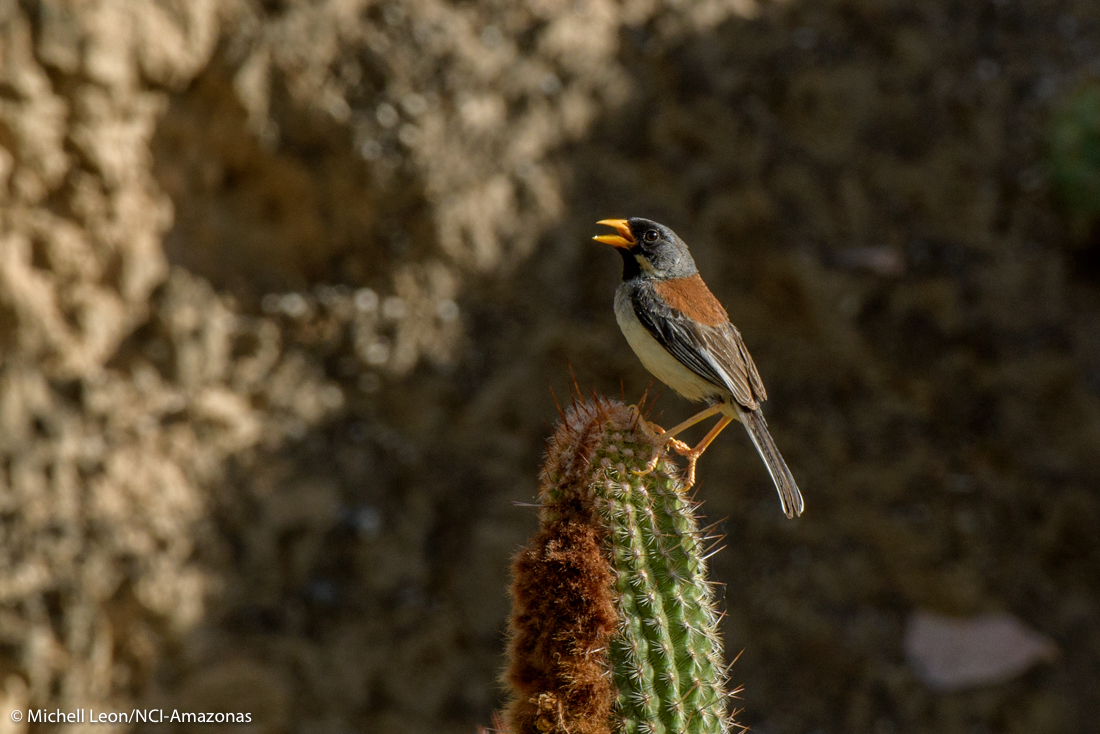 Endemic buff-bridled Inca finch (Incaspiza laeta) in the ecoregion.
Endemic buff-bridled Inca finch (Incaspiza laeta) in the ecoregion.
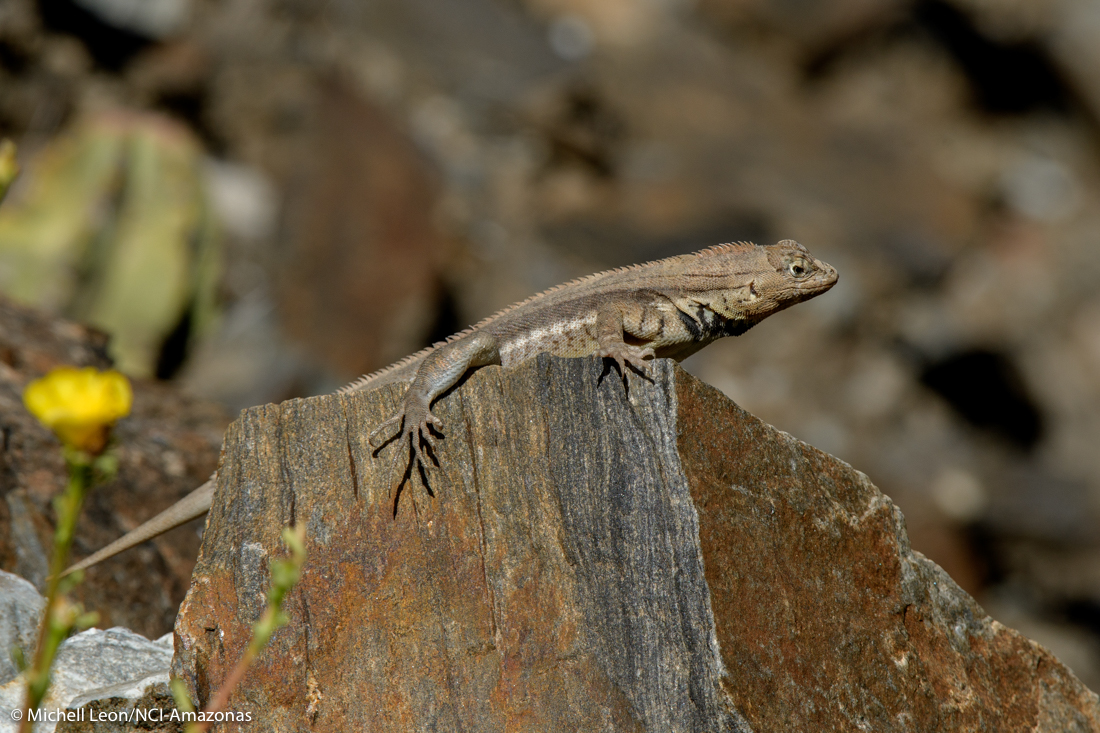 Endemic lagartija (Microlophus stolzmanni) in the ecoregion.
Endemic lagartija (Microlophus stolzmanni) in the ecoregion.
The newly established conservation area has great potential to boost local economies through tourism. The Marañon dry forest is the perfect place for birdwatchers to find rare species, for explorers to walk among unique plants and for adventurers to trek down the river. An increase in tourism will benefit local communities by creating jobs, encouraging sustainable development and providing additional economic opportunities.
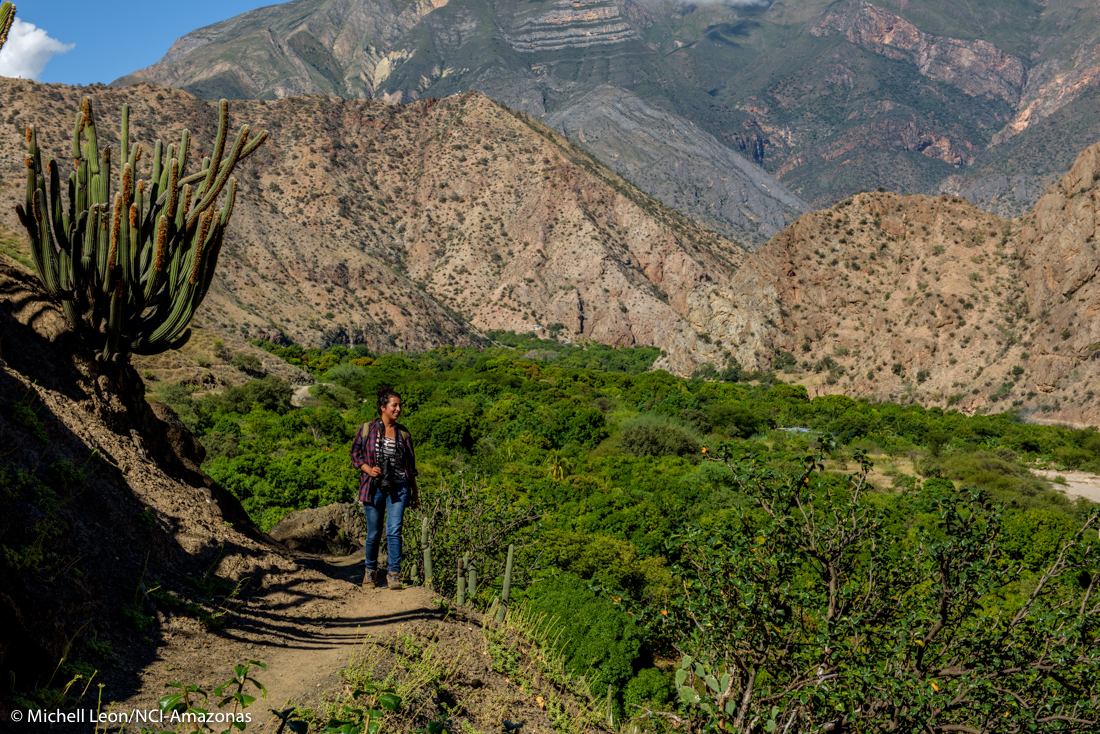 Approximately 68% of the tourists that visit Peru are interested in nature and adventure.
Approximately 68% of the tourists that visit Peru are interested in nature and adventure.
The Seasonally Dry Tropical Forests of the Marañon is one of the first two Regional Conservation Areas in the region of Amazonas, and a result of six years of collaboration between Nature and Culture International, local communities, the Amazonas Regional Government, the Peruvian Protected Area Service (SERNANP), and the Ministry of the Environment (MINA).
Nature and Culture played a leading role throughout the creation process, providing legal, technical and logistical support to successfully complete all requirements for the technical dossier, including biological and social studies. Our field staff also developed strong relations with local communities and municipalities, which translated into support for the creation of Seasonally Dry Tropical Forests of the Marañon and conservation efforts at large.
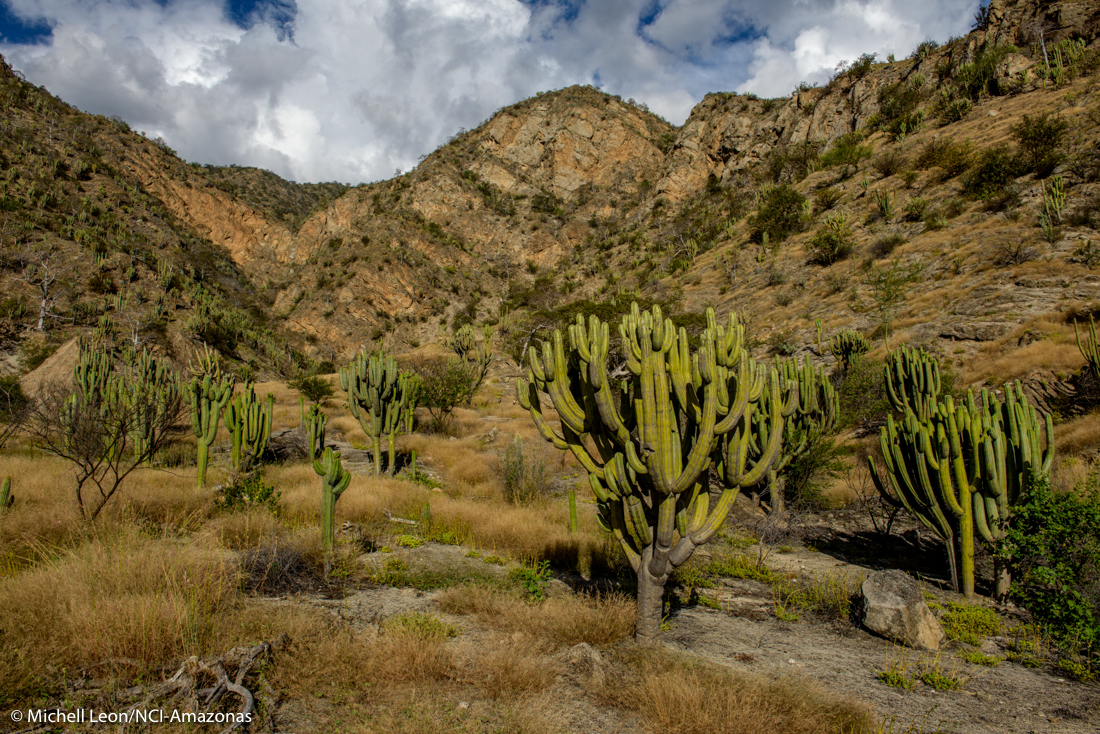 Endemic cacti (Browningia pilleiferain) in the ecoregion. Catci in the area are locally known as pischoles.
Endemic cacti (Browningia pilleiferain) in the ecoregion. Catci in the area are locally known as pischoles.
The Seasonally Dry Tropical Forests of the Marañon Conservation Area was created with the generous financial support of the Andes Amazon Fund, Robert Wilson Charitable Trust, Phil May, and Earth’s Birthday.
With your help, Nature and Culture-Peru will continue to collaborate with the Amazonas Regional Government, developing and implementing the area’s Management Plan to ensure effective and lasting conservation impact.
Click here to learn more about our work in dry forests.


